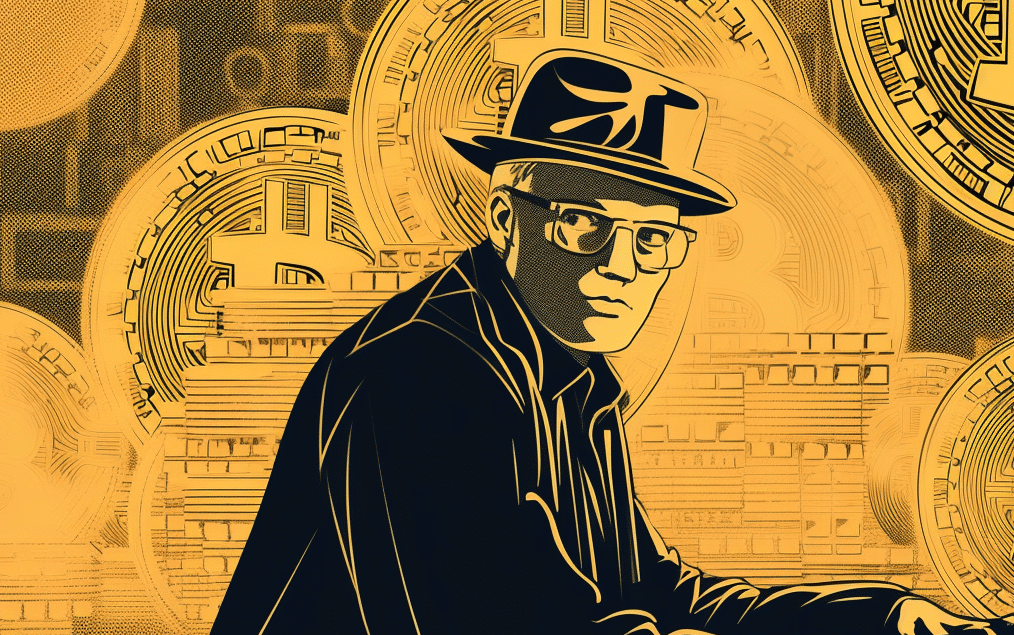 In the early 1990s, as the internet was beginning to shift from a government and academic experiment into a globally connected system, a quiet revolution was forming among a small but determined group of mathematicians, programmers, and digital activists. They saw what few others did: that the very architecture of this new digital realm could become either a tool of unprecedented freedom — or a mechanism for total surveillance and control.
In the early 1990s, as the internet was beginning to shift from a government and academic experiment into a globally connected system, a quiet revolution was forming among a small but determined group of mathematicians, programmers, and digital activists. They saw what few others did: that the very architecture of this new digital realm could become either a tool of unprecedented freedom — or a mechanism for total surveillance and control.
It was in this climate, marked by both boundless optimism and increasing awareness of the power imbalances inherent in technology, that the Cypherpunks mailing list was born.
Founded in late 1992 by Eric Hughes, Timothy C. May, and John Gilmore, the list became the primary channel of communication for a decentralized, global community concerned with one central idea: that cryptography, and specifically strong, decentralized cryptography, was the key to protecting civil liberties in the digital age.
The founders were no ordinary tech hobbyists. They were activists with deep technical expertise and philosophical vision:
-
Eric Hughes believed privacy was essential to a free society and authored the foundational “A Cypherpunk’s Manifesto”, where he wrote: “Cypherpunks write code.”
-
Tim May, a former senior scientist at Intel, penned the Crypto Anarchist Manifesto, forecasting a world where encryption would weaken state authority and empower individuals.
-
John Gilmore, one of the first employees at Sun Microsystems and a co-founder of the Electronic Frontier Foundation (EFF), contributed a legal and organizational backbone to the movement.
The Cypherpunks mailing list itself — hosted initially on toad.com (Gilmore’s server) — quickly grew into one of the most intellectually provocative, technically advanced, and ideologically radical forums on the internet. It brought together a curious mix of minds: libertarians, hackers, cryptographers, privacy advocates, futurists, and digital dissidents — many of whom would go on to create the tools, protocols, and ideas that underpin today’s digital privacy infrastructure and the cryptocurrency world.
At a time when the U.S. government classified cryptography as a munitions technology, subject to strict export controls, this mailing list served not just as a discussion space, but as a resistance hub. It was a beacon for those who believed that individuals, not states or corporations, should control access to their data, communication, identity, and wealth.
Over the years, the Cypherpunks list became more than a forum — it became a movement. From it emerged technologies like PGP (Pretty Good Privacy), Tor, anonymous remailers, and ultimately, the intellectual groundwork that would inspire Bitcoin and the broader decentralized, cryptographic revolution.
Although the Cypherpunks mailing list gave rise to groundbreaking ideas, experiments, and influential initiatives—smart contracts being just one notable example—the movement’s overall productivity was frequently hampered by internal conflicts and diverging perspectives among its members. Disagreements spanned a wide spectrum, from differing opinions on the importance of privacy features to deep-rooted ideological divides. These tensions often resulted in fragmented efforts and hindered progress, as achieving consensus on crucial matters proved difficult. Over time, this lack of unity contributed to a decline in momentum and cohesion within the movement.
Notable Figures Who Participated
- Hal Finney - Legendary cryptographer and early developer of PGP. First person to receive a Bitcoin transaction from Satoshi Nakamoto. Deeply involved in discussions around digital cash and privacy.
- Nick Szabo - Creator of “bit gold”, a precursor to Bitcoin. Wrote extensively on smart contracts and decentralized systems.
- Adam Back - Developer of Hashcash, a proof-of-work system that influenced Bitcoin. Later became CEO of Blockstream, a key company in Bitcoin’s ecosystem.
- Phil Zimmermann - While not a constant contributor, Zimmermann’s creation of PGP was a frequent topic of discussion. Many list members supported him during his legal battle with the U.S. government.
- Wei Dai - Creator of b-money, another conceptual predecessor to Bitcoin. His work was cited in the Bitcoin whitepaper.
- Timothy C. May - One of the ideological leaders of the movement. Advocated for a world where encryption would render governments powerless to control information.
The Cypherpunks mailing list didn’t just inspire tools — it shaped an entire philosophy: that privacy is a political act, and that code is law. From the conversations on this list:
- Bitcoin and other cryptocurrencies emerged.
- The foundations of Tor, Signal, and other privacy tech were laid.
- A global crypto-anarchist mindset took hold, which continues to influence decentralized movements today.
Even though the original list is now inactive, its archives are a goldmine of visionary thinking, technical blueprints, and early debates that shaped the internet as we know it.
Check the: MARC: Cyberpunks mailing list archives